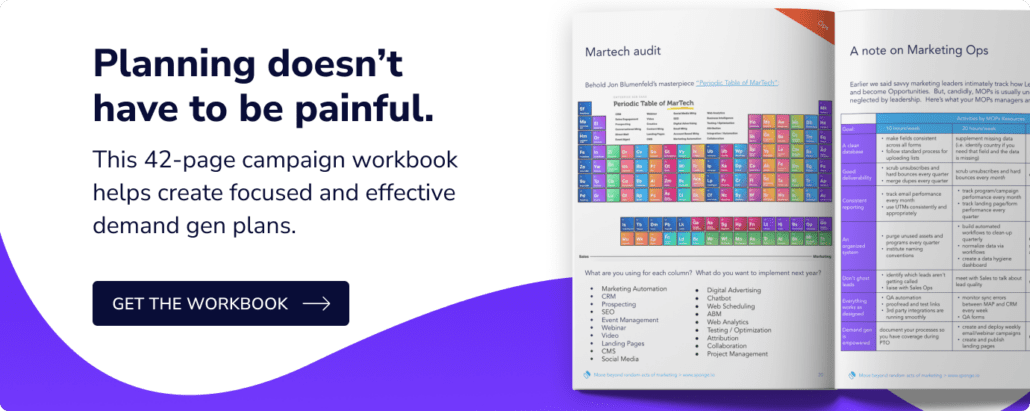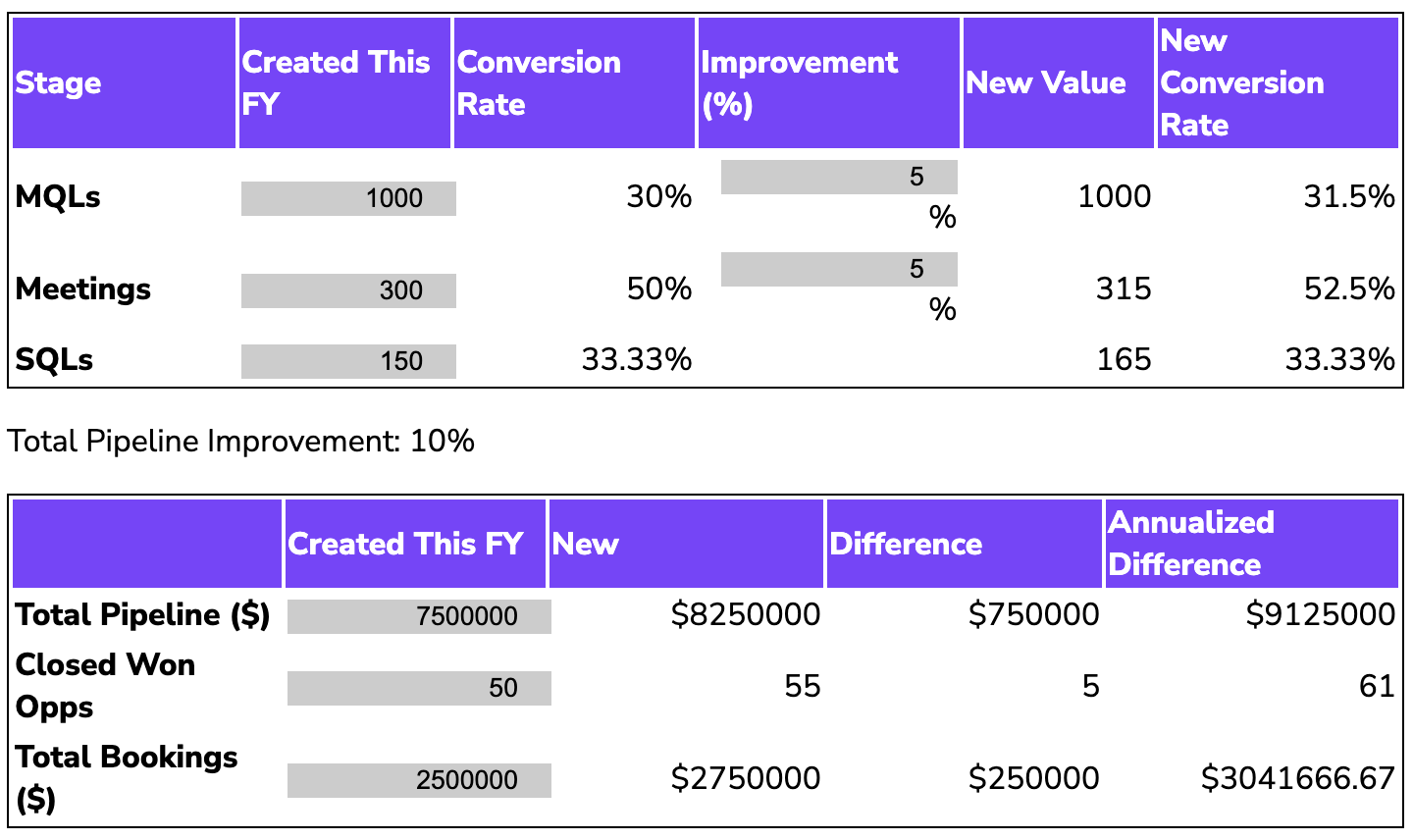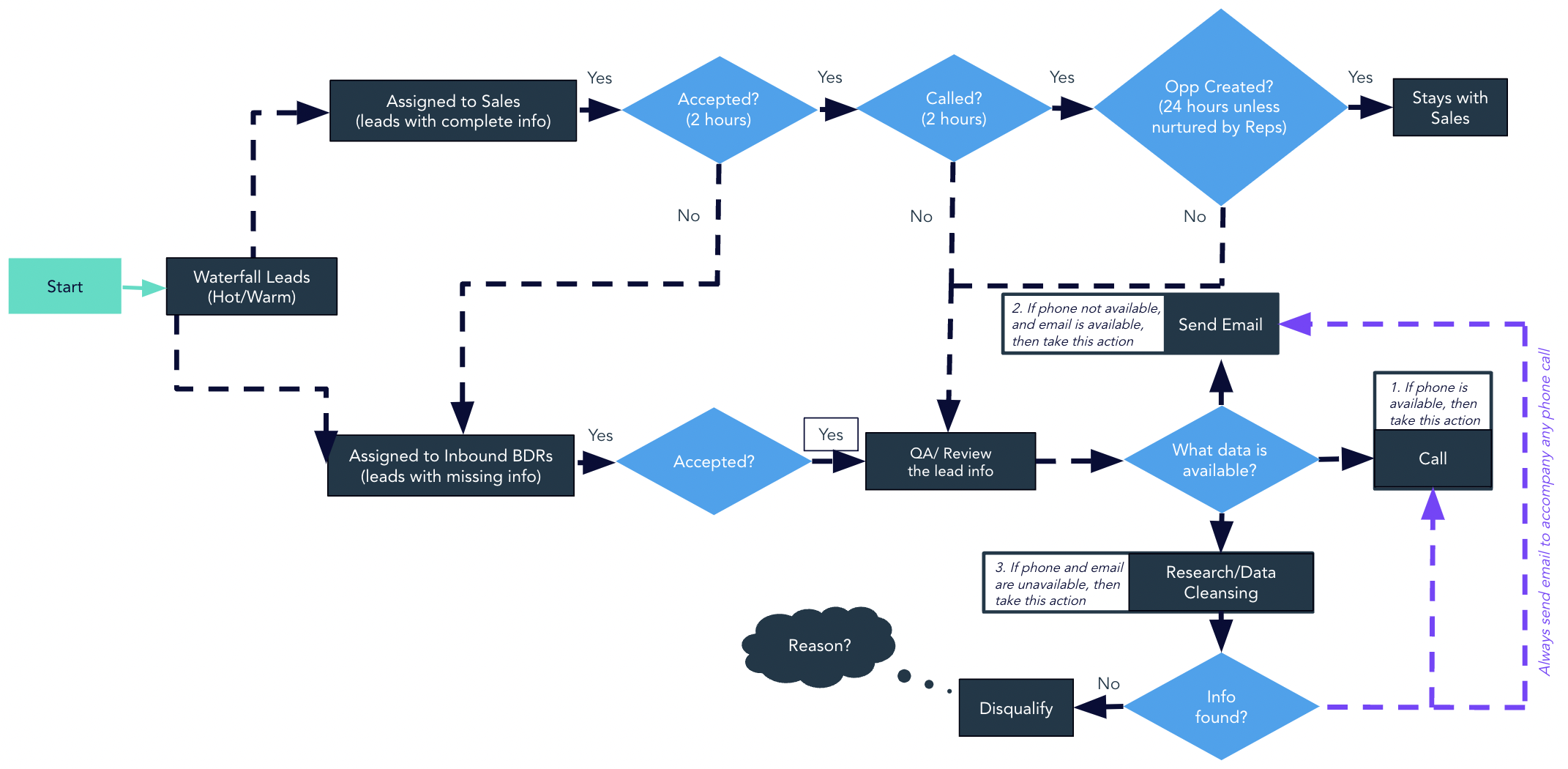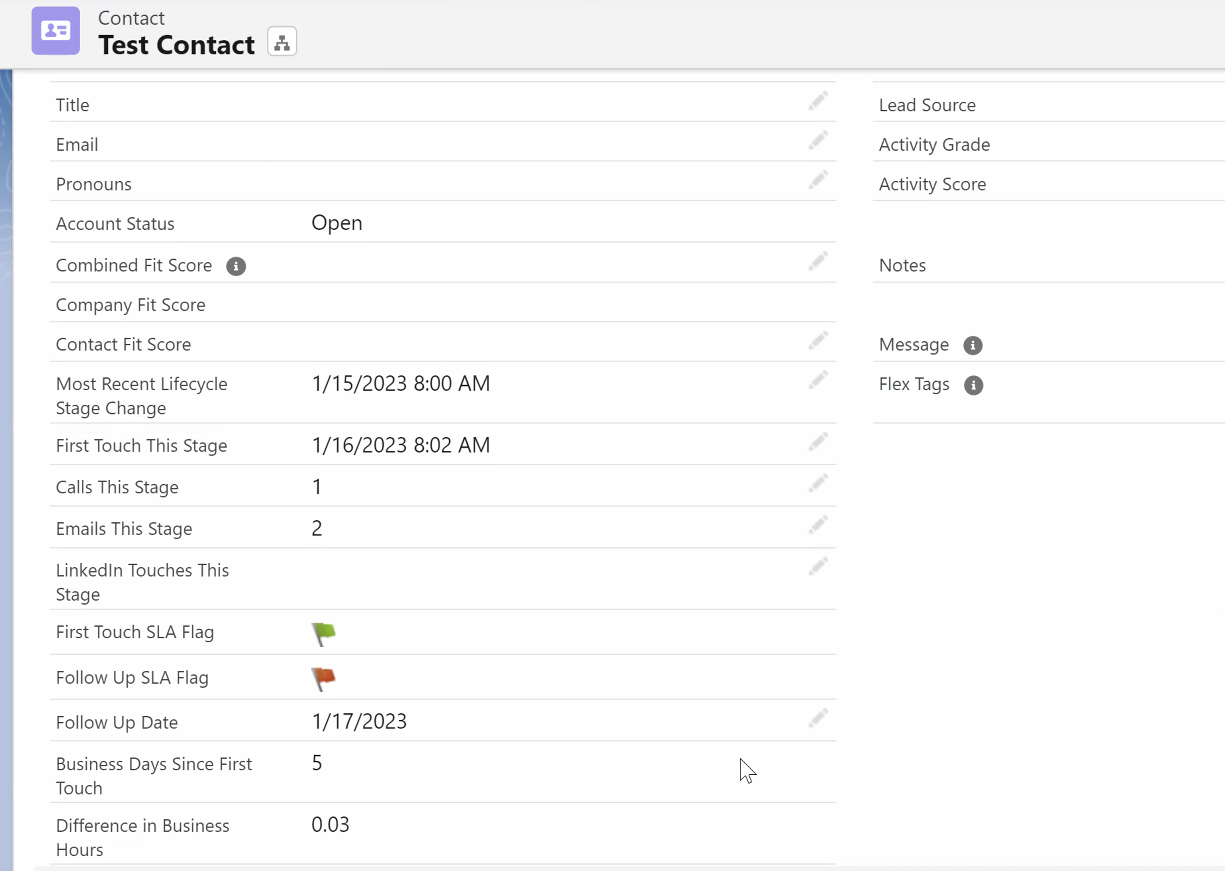One thing I love about my job at Sponge.io is being embedded in so many different teams. It’s been a master class in corporate culture and team leadership. As we all embark on new revenue targets, product launches, and acquisitions, I’ve noticed that managers of high growth (and low turnover) teams consistently navigate change and disruption by:
- Acknowledging change is emotional.
- Knowing everything is made or broken by communication.
- And trusting their kindness and generosity will attract and retain the best talent.
>> Related: 15 Remote Team Building Ideas <<
In this post:
Why is change so hard?
First off, who knew change is deeply unpleasant!? ¯\_(ツ)_/¯ Turns out people process change identically to how they process grief. Here is the Kubler Ross change curve model: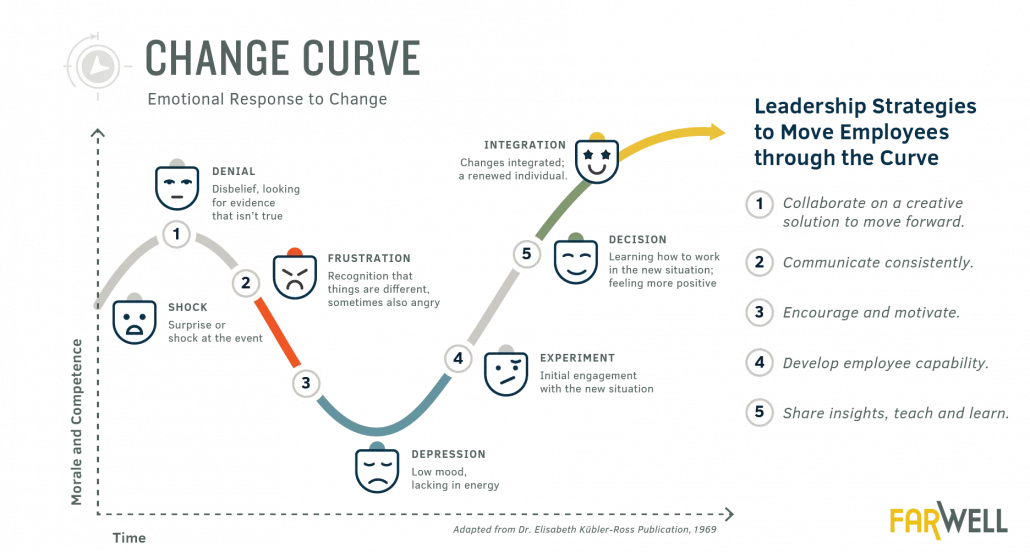
Image Source: Farwell
Propose a change in tools, people, or process in any meeting, and you’ll see this dynamic hard at work.
It’s our job to lead a team through disruption, but the change curve is going to happen. That means:
- It’s normal for people to be frustrated or low during change. It’s not evidence of sabotage, job-searching, a fatal character flaw, or your unskilled leadership.
- As a leader, you’re naturally out of step with your team. Imagine the change is a train. You’re the engineer in the front car, and unfortunately the team is in the caboose. While you’ve already accepted a problem and found a solution, your team is likely still in denial.
How to “shallow” the change curve
We intuitively understand how to make change less painful in our personal lives. No one would throw open the door, announce “We’re moving across the country tomorrow!” and not expect all hell to break loose. Shoot, I live a change curve every morning trying to get my toddler dressed and out the door.
But at work, we rarely appreciate just how much we have to communicate, listen, set expectations, and stick to our promises.
So the first step when leading a team through disruption or change? Talk about the change curve. I showed it to a team undergoing massive cultural and tech changes, and there were genuine sighs of relief. Their pessimism was natural, common, and (most important) temporary.
Then host a Start/Stop/Continue conversation at the beginning of the change. This framework helps us:
- Admit what isn’t working and bid it farewell
- Acknowledge what’s functional/valuable and continue making space for it
- Dream of new possibilities and things we want to prioritize
All three are in balance. Capacity isn’t magic! Some things have to be deprioritized while we tackle the change.  As you listen, point out synergies and themes. Repeat them back to the team often, and genuinely seek clarification and refinement.
As you listen, point out synergies and themes. Repeat them back to the team often, and genuinely seek clarification and refinement.
Deliver the new vision
We tend to overestimate what we can accomplish in a day and underestimate what we can tackle in a year. After listening to the team, don’t be shy about articulating an ambitious vision. But be realistic that big changes can take 6+ months.
The most effective teams triage (just like we expect our product teams to work in finite, focused sprints). Pick one milestone each month/quarter for each team or function. Here’s a sample:

Tackling “just one thing each quarter” doesn’t sound like much, but in this simple example, we accomplish 28 milestones in a single year. #notshabby
Stick to it
Finally, after you’ve worked hard to communicate the plan, actually stick to it. That means:
- Saying no to distractions, even when it’s uncomfortable. Even to the CEO.
- Not constantly handwringing. This kind of responsibility is often uncomfortable or heavy, but strong leaders provide the stability teams need to get good work done.
- Keeping fire drills minimal. Stress kills creativity, so consolidate pivots at the start of each quarter. (Anchored by a Start/Stop/Continue conversation, of course.)
- Celebrating each milestone! And being honest and transparent if we fail to deliver.
So in sum, if you’re trying to lead a team through disruption, be graceful with each other. Communicate early and often. And give people the space to process change. Good luck!


